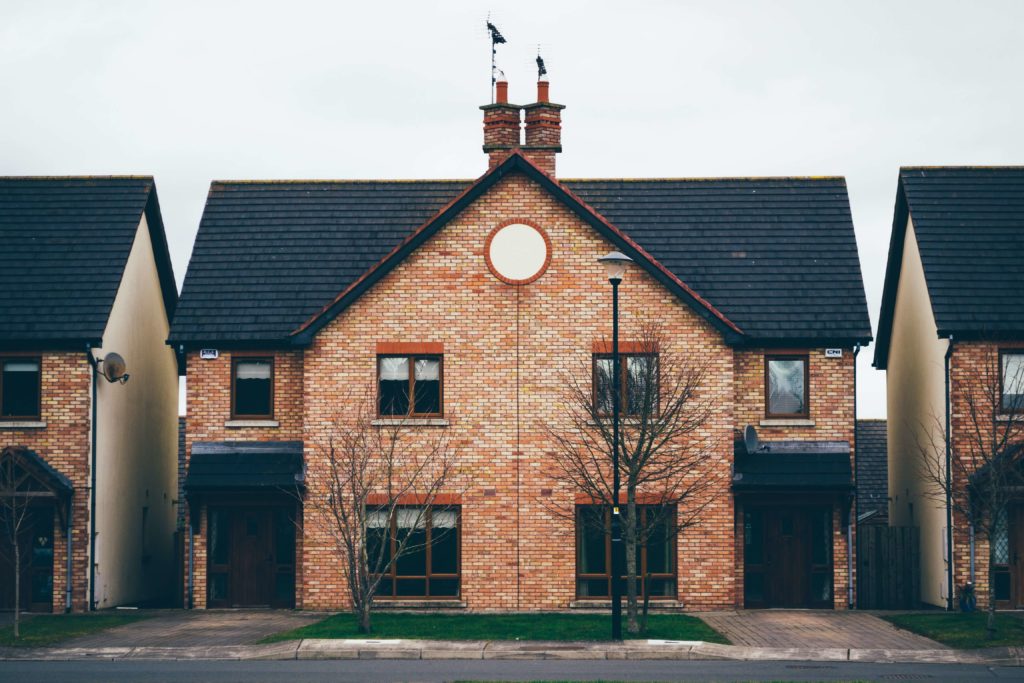
If you’re constantly feeling draughts of cold or warm air in your home and that some rooms struggle to maintain a regular temperature, then there’s a very good chance that you have an air leak. Whilst this is quite a common issue and can be simple to fix, it can have a negative impact on the efficiency of your home, making your energy bills more expensive and increasing your carbon footprint.
If you’re a landlord, nnew government legislation means that your property requires an EPC rating of ‘E’ or higher to meet the MEES (Minimum Energy Efficiency Standards) to rent out your property. Fixing air leaks can be a great way to improve your rating and meet government legislation.
Using our expert knowledge, we have put together a guide that contains information on the most common sources of air leaks and how to detect them. At Falcon Energy, we’re experts in air leak detection and use a range of methods to detect leaks in homes and buildings. Give us a call on 01403 253439 to discuss your needs and book an appointment.
Common sources of air leak
Air leaks can cause major energy loss, which in turn can mean energy bills are a lot higher as a result. Here are some of the most common places that we find air leaks happen in homes:
- Loft hatch
- External doors
- Windows
- Recessed lighting
- Unsealed vents
- Unsealed electrical outlets
- Fireplace walls
- Fireplace flues
- Wiring holes
- Between floor joists behind knee walls
- Plumbing wires
The majority of these issues can be fixed or reduced with proper sealing, however some may need professional experts to visit and treat to ensure longevity.
How to detect air leaks
The best way to identify leak detection and heat loss is through dedicated testing:
Air tightness testing
Air tightness testing discovers if there are any air leaks in a property and therefore how efficient it is. Using a large fan, the pressure across the different rooms in a property is measured. This blower door test records readings and calculations that determine the air leakage rate. This will show where there are leaks in the property and how serious they are.
Thermographic testing
Another way to test for areas where air and heat flow can be lost is through thermographic testing. This uses an infrared camera to detect hot and cold areas within a property and shows where heat is being lost from. It also detects:
- Poor insulation
- Damp areas
- Roof damage
- Thermal bridging
- Plumbing or drainage blockages
Air tightness testing and thermographic tests need to be undertaken by a professional and qualified company in order to get accurate results. We have years of experience in the energy industry and undertake air leakage tests regularly.
Once you’ve had the results from these tests, you can go about air sealing your property from outside air, reducing cold air into the property. This will not only make your home feel warmer and more comfortable, but it will also provide you with energy savings through the reduced energy waste from the leaks.
Impact of air leaks
If you’ve determined that your home has an air leak then it’s best to get this resolved as soon as possible, as they can cause a negative impact on your home’s energy efficiency. The main impact of air leaks is energy loss and this has several implications:
- A higher energy bill
- A badly regulated temperature in rooms throughout the home
- A negative impact on the environment
Not only can this be extremely expensive for you; increasing your energy bills unnecessarily, it can also be very harmful to the environment. With domestic energy accounting for more than 25% of the UK’s CO2 emissions, doing all we can to reduce our excess energy usage will help to reduce our carbon footprint and help the environment.
Ways to seal air leaks
A lot of issues with air leaks can be solved quite quickly and easily. Depending on what the issue is, you can do this yourself from home. Here are some of the best ways to stop air leaks:
Sealant
Sealing pipes, vents or recess lights that you think are letting in air is a really quick and easy way to stop leaks from happening. Using materials such as caulk acrylic filler to seal cracks or gaps will help to fix the issue, as it expands inside the gaps to stop any air from getting in or out.
Weatherstripping
This is designed specifically for a window air leak or door air leak and stops rooms from feeling draughty and uncomfortable. Weatherstripping is the process of sealing doors and window frames from the elements and keeping interior air in. It works by having one adhesive side which sticks to the problem area, therefore stopping any cold air from coming through gaps and helping to control the temperature of the room.
Insulation
Although most homes already come with insulation, adding extra insulation or replacing old and tired insulation can really help to improve the efficiency of your home. This itself isn’t that simple to do and would most likely require professional help, as a lot of the insulation would need to be added inside the walls or to the roof as this is where a lot of heat can be lost, because warm air rises.
Get in touch
If you’d like expert advice on how to make your home more efficient, or would like to organise professional testing of your home to determine any air leaks, then get in touch with our team. We’d be happy to help you improve the efficiency of your home.
